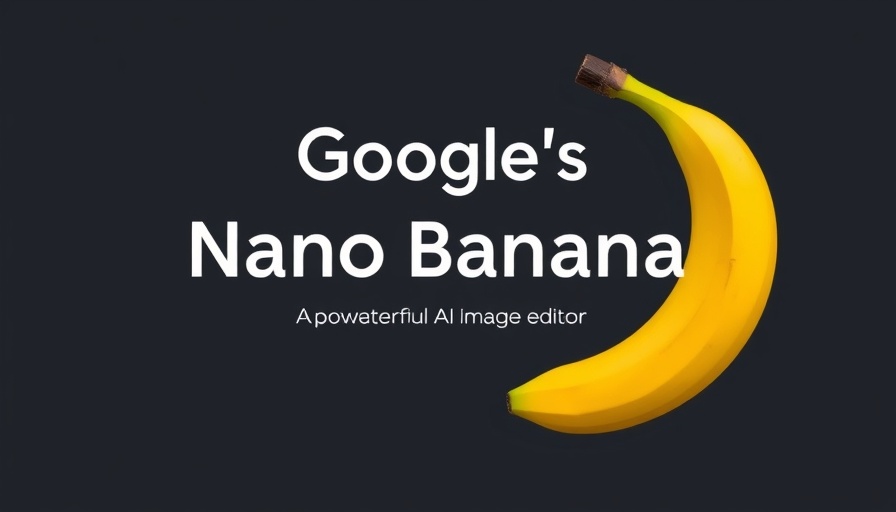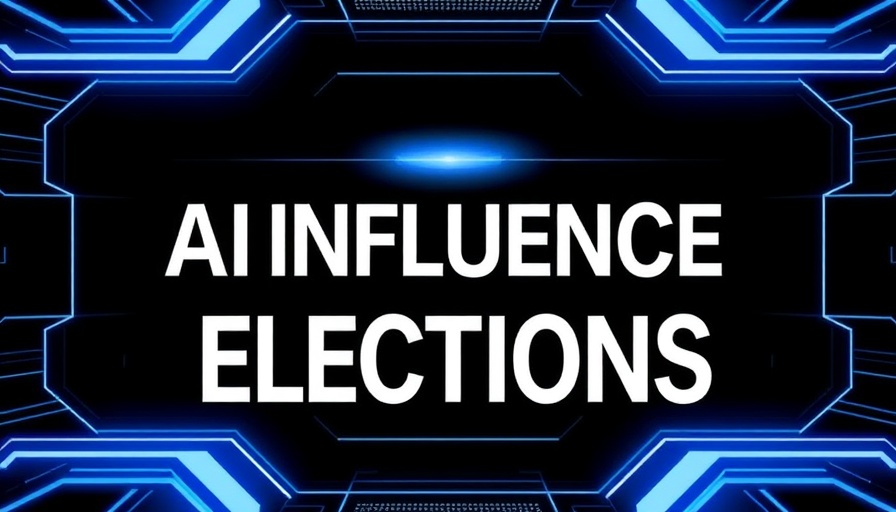
The Transformative Power of AI Content for Small Businesses
Every small business owner has likely heard the buzz about creating content for SEO, especially in an age where AI writing tools are all the rage. However, too many entrepreneurs treat platforms like ChatGPT and Claude as mere digital typewriters, missing out on their potential as transformative content engines. Understanding how to leverage these tools can redefine your business's content strategy.
Step-by-Step Guide to AI-Driven Content Success
To truly harness AI for content creation, it’s vital to start with a clear vision of what you want to achieve. Are you crafting a blog aimed at drawing in new clients? Are you working on product descriptions that entice and convert? Understanding your audience is paramount. Rather than targeting a broad audience, drill down to specific groups with specific needs. For example, instead of merely targeting all homeowners, think about leaking pipes at 2 AM requiring urgent assistance. Knowing this helps tailor your content specifically.
The Role of Research in Content Creation
Research is often where many small businesses falter when engaging AI tools. Comprehensive research is essential for creating compelling, relevant content. Utilize SEO research tools like SEMrush or Ahrefs to garner insights into what your target audience is searching for. Collect primary keywords along with variants to enrich your content and ensure it’s not just generic fluff. The quality of your foundational work will directly influence the effectiveness of your AI-generated material.
Crafting Effective Prompts for Optimal AI Outputs
To get quality output from AI, the prompts you provide must be detailed and specific. Rather than a vague request to write about plumbing, provide specific instructions that include keyword targets, audience tone, and context. For instance: "Generate a 600-word blog post on the topic of low water pressure in kitchen sinks while incorporating keywords like 'faucet aerator' and 'pipe blockage' in a friendly tone that reassures homeowners." The precision in your prompts results in far superior content production.
Evaluating and Iterating on Your AI Content
Once you've generated your content, the evaluation process becomes essential. Don’t just publish the output; ensure it meets your standards and resonates with your audience. Check for relevance, engagement potential, and correctness before hitting the publish button. As you iterate, refine your prompts based on what works and what doesn’t, gradually fine-tuning your approach to get the results you desire.
Final Thoughts on AI and Content Success
In essence, utilizing AI tools effectively requires preparation and an understanding of your audience's needs. By investing time in research, crafting thoughtful prompts, and continuously analyzing the generated content, small businesses can harness the full potential of AI in their marketing strategies.
Ready to revolutionize your content strategy with AI? Start exploring the AI writing tools that suit your needs and take your business to the next level!
 Add Row
Add Row  Add Element
Add Element 



Write A Comment